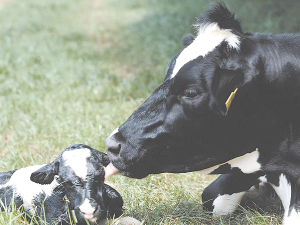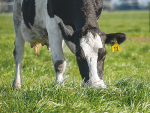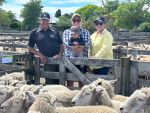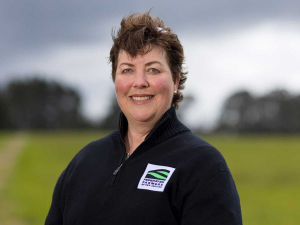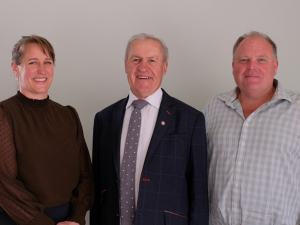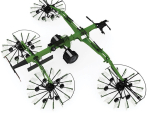During the transition from dry to milking cows, it’s crucial to manage their health effectively to ensure their reproductive performance, production, and longevity aren’t compromised.
Watch out for warning signs like difficult calvings, retained foetal membranes, lameness, clinical mastitis, or other health issues.
Calving brings about significant physiological changes in cows, increasing the risk of mastitis and lameness. However, there are strategies to support them during this time. Avoid overfeeding springers, check them regularly, provide magnesium to prevent milk fever and grass staggers, and supplement with trace elements for immune function. Hygiene, patience, and proper teat care are also essential.
As dairy cows transition from dry to milking animals, they undergo big changes that leave them at risk to many health conditions.
Therefore, it’s vital that cows are properly managed during this time because diseases can have far-reaching effects on their reproductive performance, production, and longevity.
Trigger Points
It’s important to recognise what a normal level of disease is around calving, so you can identify when to intervene. Look out for any of these red flags:
- More than 5% of the herd requires hands-on assistance to calve.
- More than 2% of the herd have retained foetal membranes 24 hours after calving.
- More than 5% of cows become lame in a month.
- More than 5% of the herd have clinical mastitis in the month after calving.
- More than 5% of the herd suffer any other health problems at calving or during early lactation.
Physiological Changes
The calving process causes big changes in the body. A cow’s immune function is compromised, and teat canals open during a time when unfavourable ground conditions are common. These risk factors can lead to an increase in mastitis rates. Many of the clinical mastitis cases seen in the first two weeks after calving, when the cow comes into milk, are contracted in the late dry period.
Read More:
To make calving easier hormones relax the cow’s pelvic tendons and ligaments. However, the hormones affect all the tendons and ligaments in the body including the foot. This creates a less stable foot that’s more prone to damage. In addition, body condition loss after calving affects all areas of fat in the body including the fat cushion in the foot, reducing the foot’s ability to absorb shock. These two factors make the risk of getting lame much higher. Poor stockmanship and management around calving can result in increased lameness (more than 5% of the herd per month) around mating and further into the season.

